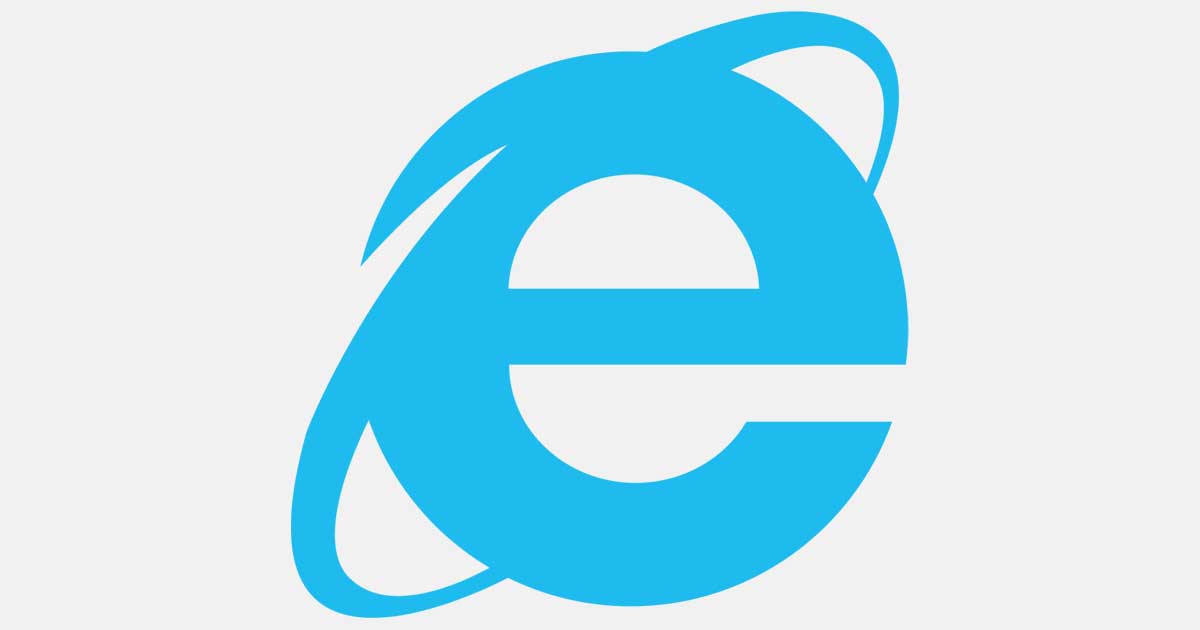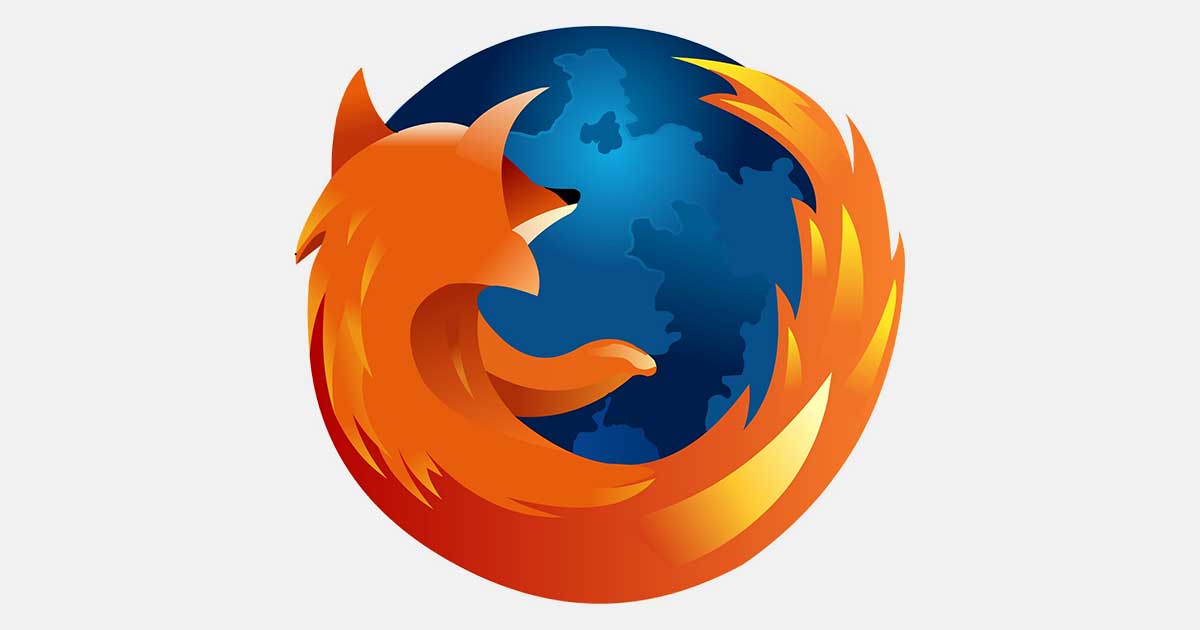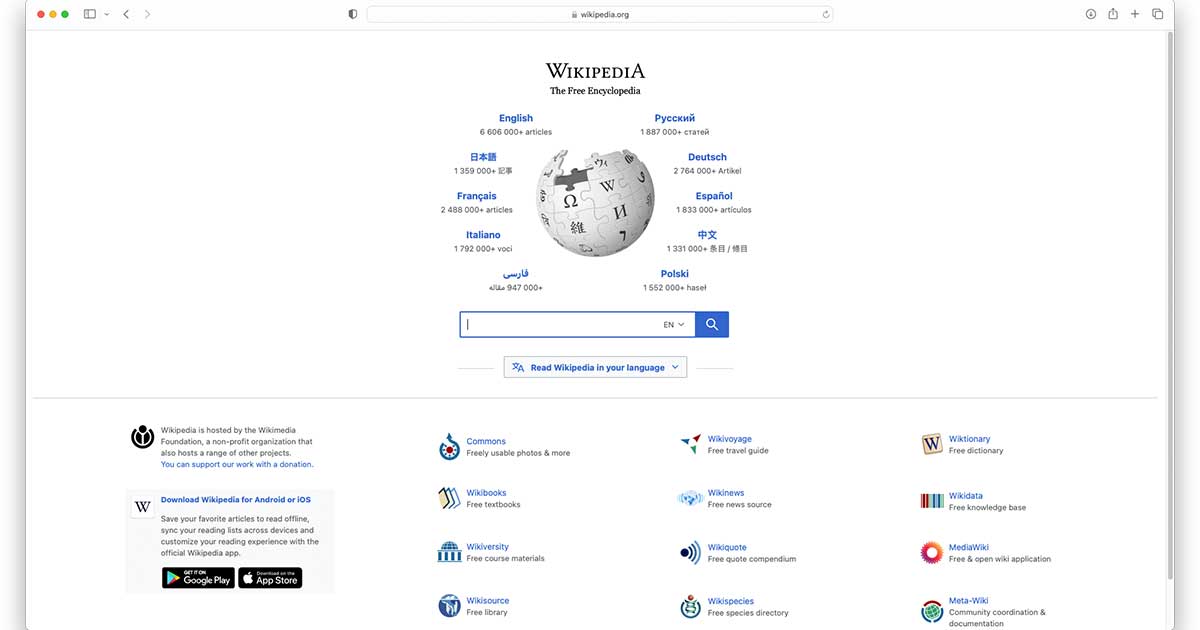Industry study - The browser wars
By Kiron Kasbekar | 17 Jan 2024

Do you remember what the Internet was like, before the 1990s? Lines and lines of monochrome text, wading through which was a chore because it also loaded very slowly. The systems ran on the DOS system and you had to remember cryptic commands like DIR, DISKCOPY, FDISK, PROMPT.
A very, very small fraction of the number of people who use the Web today dared to go there those days. They had to navigate the Web through text-based browsers such as the WorldWideWeb, and that required technical know-how for even the simplest tasks.

Then came Mosaic, developed in America by the National Center for Supercomputing Applications, or NCSA. This graphical interface allowed users to see pictures alongside text, and suddenly the Web was converted from a cryptic realm to a visually captivating one.
Among Mosaic’s key developers were Marc Andreessen and Jim Clark, two young visionaries.

Recognizing the web’s vast potential, they saw beyond Mosaic’s limitations and set sail on their own entrepreneurial adventure. In 1994, Netscape was born.

Netscape Navigator wasn’t just another browser; it was a technological leap forward. It boasted features unheard of in its time – bookmarks, email integration, JavaScript support, and intuitive design. These innovations resonated with users, propelling Netscape to capture over 80% of the market share by 1996.

But Netscape wasn’t content with just getting there. It embraced open standards, allowing independent developers to create tools and extensions that further enriched the Web experience. This commitment to openness fostered a vibrant ecosystem of innovation, pushing the boundaries of what browsers could do.

Then Microsoft enters the fray in 1995 with its Internet Explorer, and the browser wars began. Microsoft challenged Netscape’s dominance by bundling IE with its ubiquitous Windows operating system, and Netscape didn’t have a chance. Microsoft released new versions of IE rapidly, sometimes riddled with bugs, but at a pace Netscape couldn’t match.

The battle lines were drawn, and the first browser war erupted. Both sides pushed the boundaries of technology, with Netscape focusing on open standards and innovation, while Microsoft used its vast resources to pressure web developers to adopt IE-specific technologies. Legal battles raged, accusations flew, and the internet watched with bated breath.
Despite its early lead, Netscape made crucial mistakes. It failed to capitalize on its market share dominance, neglecting server technologies and mobile opportunities. The company also faced internal struggles and leadership changes, which hampered its ability to respond effectively to Microsoft’s aggressive tactics.
Meanwhile, Microsoft, utilizing its bundling leverage, steadily eroded Netscape’s market share. By 2000, IE had captured over 90% of the market, leaving Netscape adrift in a sea of uncertainty.
In 1998, Netscape was acquired by AOL, but it was too late to pull the company out of its crisis. In 2003, Netscape Navigator was effectively discontinued, marking the end of an era.

Though Netscape faded away, its impact on the Web has endured. It championed open standards, paving the way for the Web’s interoperability and accessibility. Its innovations became the foundation for future browsers like Firefox and Chrome, ensuring that the spirit of open competition and user-centric design lived on.
The open-source codebase of Netscape Navigator, released in 2005, became the foundation for Mozilla Firefox, another champion of open standards and privacy. Firefox carries the torch of Netscape’s legacy, reminding us of the importance of innovation, openness, and user empowerment in the digital world.
In the 1990s, generating reliable advertising revenue on the World Wide Web was a challenge. Netscape, primarily a software company, generated its main income from users paying for its Navigator browser. Microsoft, on the other hand, was a well-established and affluent software company that made money by licensing its operating system to computer manufacturers and selling related products like Word and Excel. It could afford to bundle its browser and offer it free to users.
Netscape continually improved its browser by adding more features, but Microsoft’s Internet Explorer would quickly follow suit. Finally, Netscape dropped its fees in January 1998.
But that was not the end of the story. As the browser war between Microsoft and Netscape neared its conclusion, an antitrust case was filed in 1998. The US department of justice and 20 state attorneys general filed a lawsuit against Microsoft, alleging antitrust law violations.
The lawsuit claimed that Microsoft’s bundling of software with its operating system gave it an unfair advantage. Microsoft lost the case but won a crucial point on appeal: it did not have to split its operating system business and software business.
Ultimately, Microsoft emerged victorious in the browser war against Netscape due to its financial resources and the ability to distribute its browser for free, pre-installed on over 90% of personal computers. AOL acquired Netscape in 1998, and Navigator slowly faded into obscurity. However, its successor, Firefox, continued the browser war with a loyal user base, also offering its browser for free.

Meanwhile, Lynx, introduced in 1992, stands as the oldest web browser still in use. This text-only browser is favored by information technology professionals for its efficiency in locating, reading, and downloading text-based articles.

The status quo for Microsoft didn’t last long. In 1998, Google entered the scene with a groundbreaking concept. While ‘traditional’ search engines like Internet Explorer displayed search results based on the frequency of words in the query, Google revolutionized search by prioritizing web pages frequently linked to by other pages. This approach ranked a page’s importance according to its perceived value to web users.

The latest numbers show Google ranked Number One, way ahead of its rivals with a market share of close to 64%, followed by Apple’s Safari browser, with nearly 20%, leaving some crumbs for Microsoft Edge and Mozilla Firefox.



















